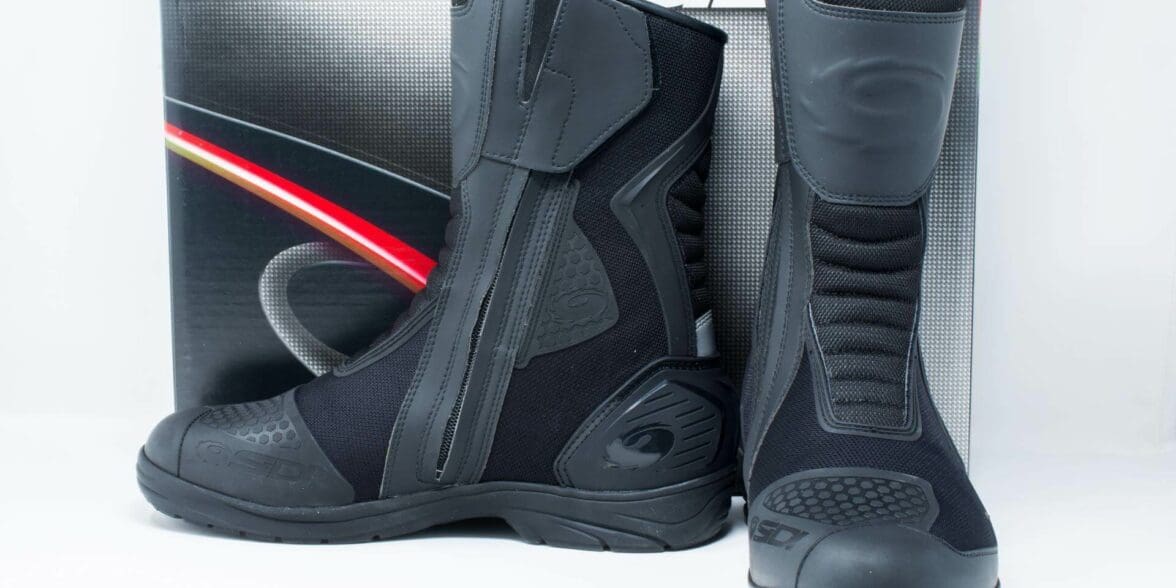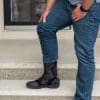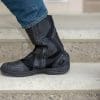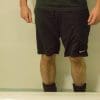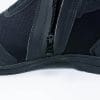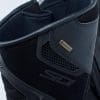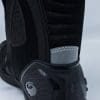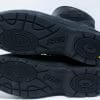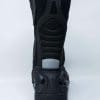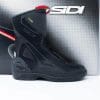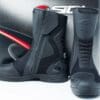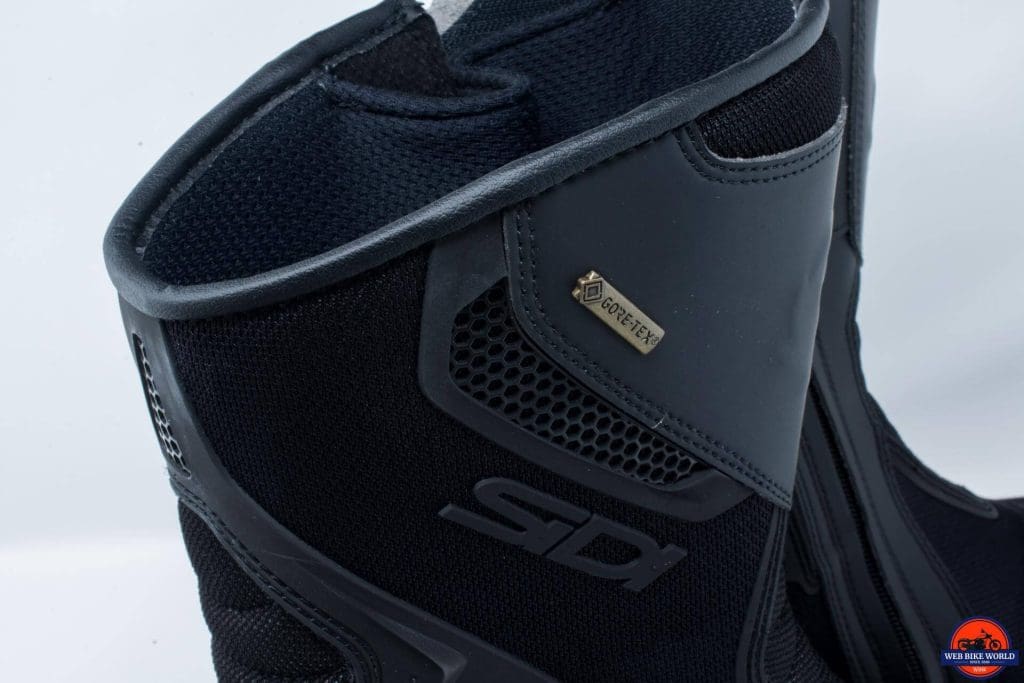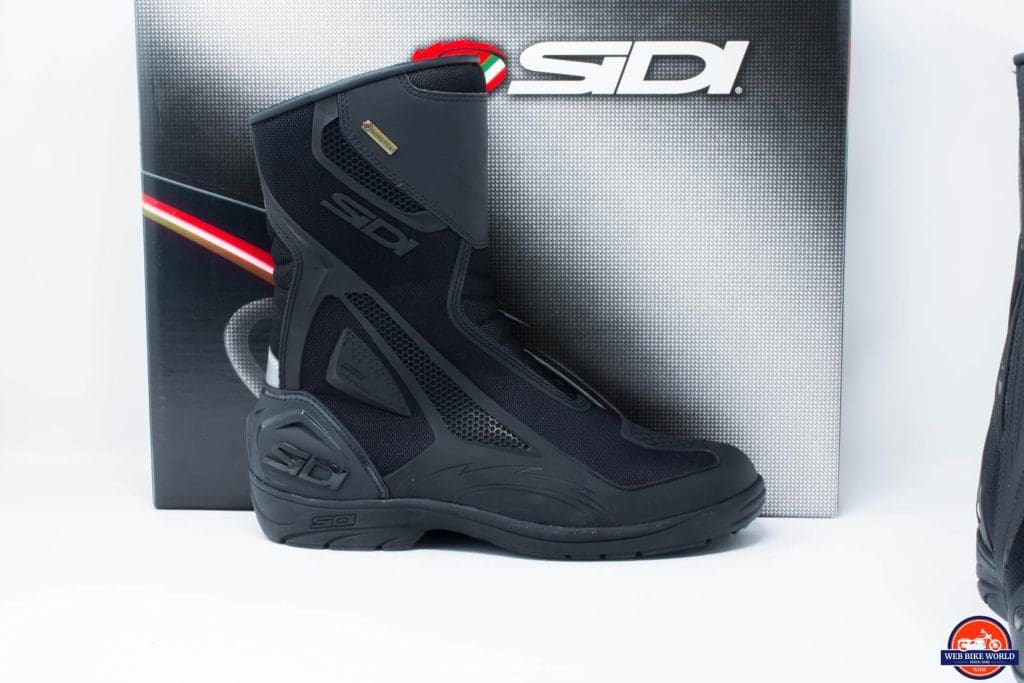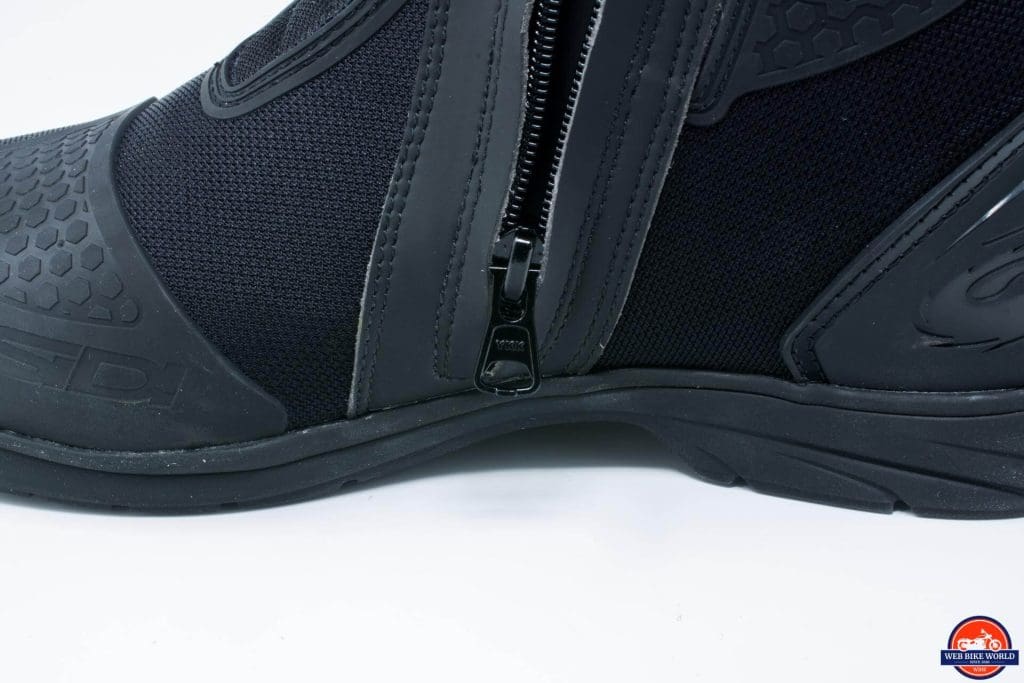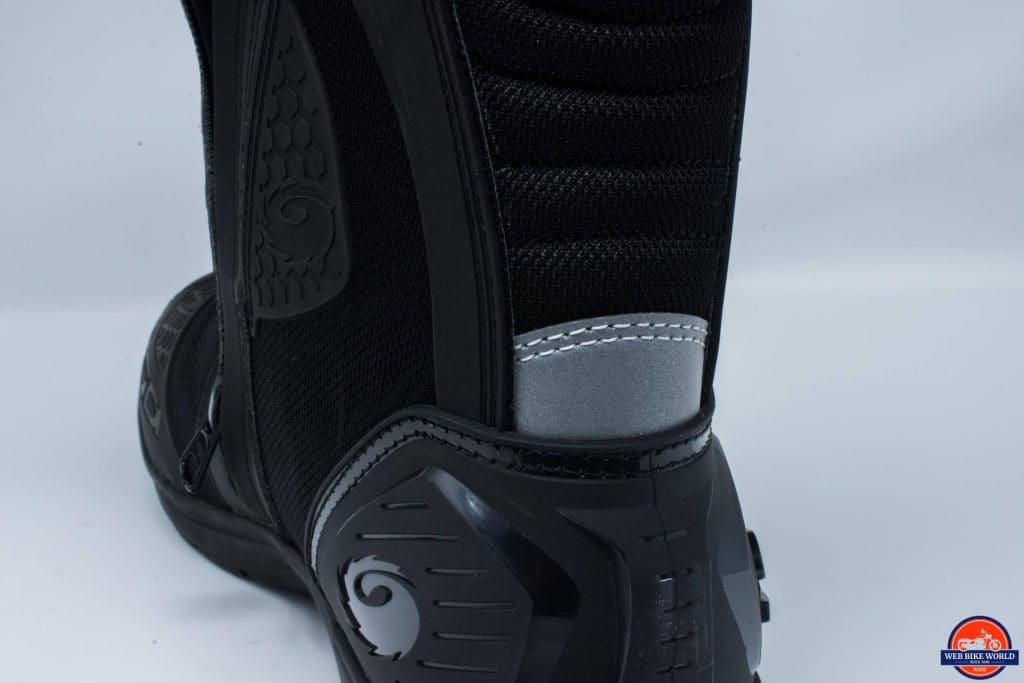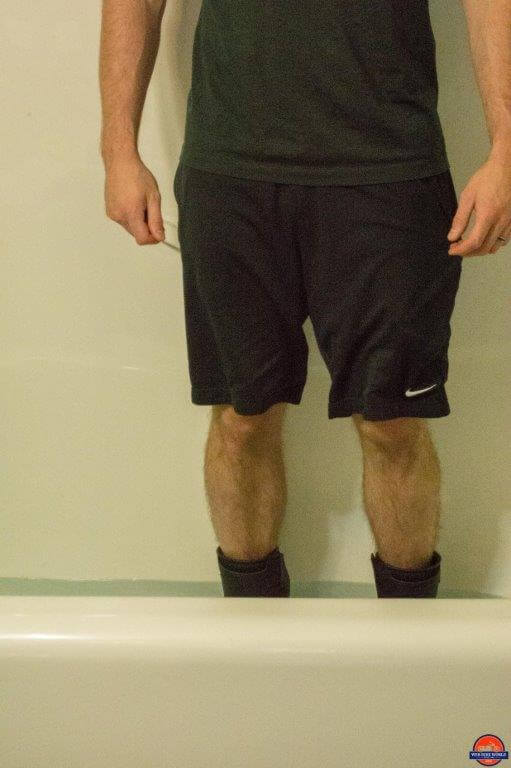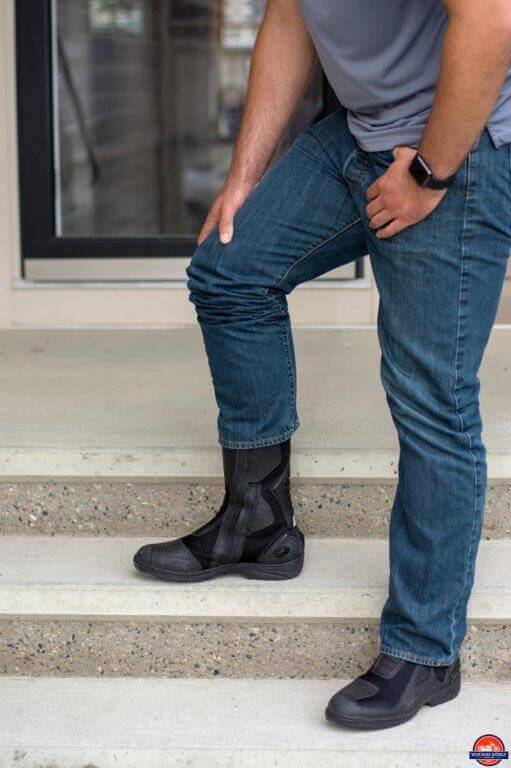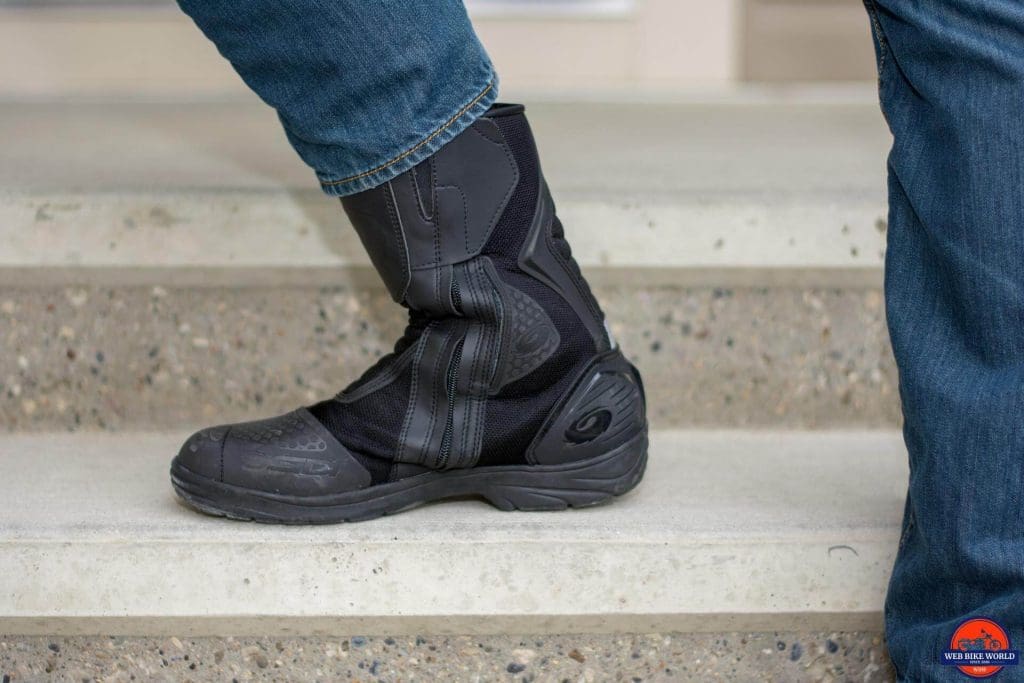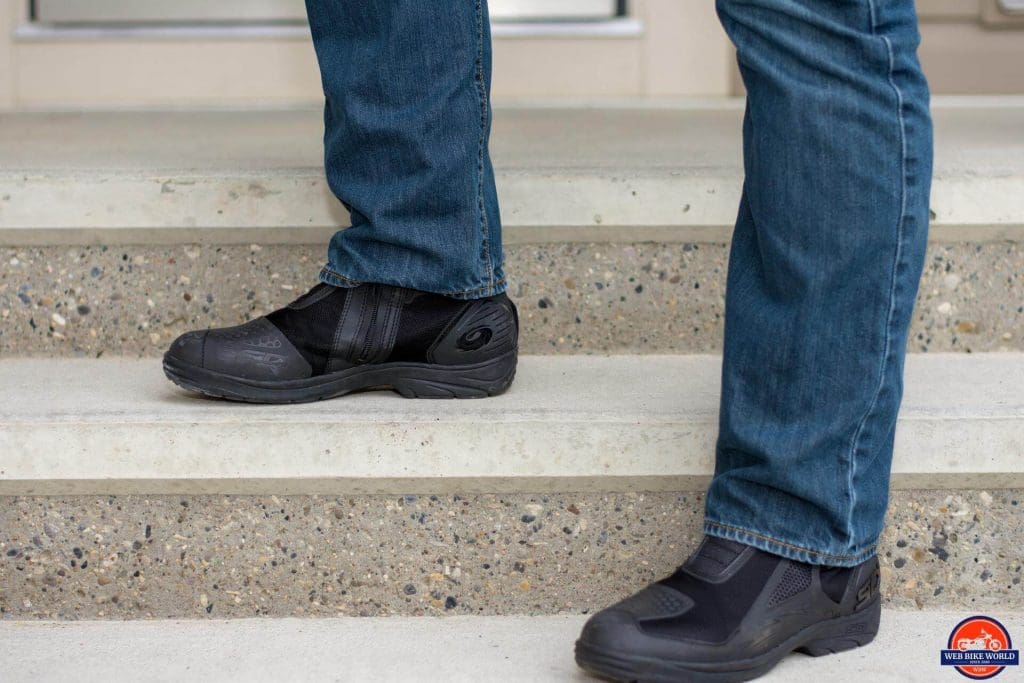The chance to review these boots came at an opportune time. My old Alpinestars were starting to funk up the place, and so I was already on the hunt for a good-quality touring boot. Having learned my lessons with respect to cheaping out on gear years ago, my requirements placed safety and comfort above price.
wBW has covered SIDI quite a lot in the past, and recently Jim took a pair of the Adventure 2’s with him on his Ride to Tuktoyaktuk’s arctic coastline. Given our extensive coverage of SIDI, I had a good idea of what to expect out of the Aria’s before I even put them on.
For those not in tune with the exciting world of motorcycle boots, SIDI is a top-end Italian brand known for their sport and touring boots. Having worked hard over the years to build and earn a reputation based on quality, SIDI boots are well respected in the motorcycling community because of their protection, style, and relative affordability.
I’m a value-shopper, though, so whatever boot I wound up with needed to deliver fair value or I’d never be satisfied. Premium-but-basic doesn’t cut it for me, and thankfully the Aria’s don’t pull any punches with respect to their features and protections.
These particular boots are black on black, size 45, and tick off several of the requirements on my mental checklist. Priced at $250, they are also right in line with what I was prepared to spend. So, with the above in mind, let’s take a look at the SIDI Aria Gore-Tex.
Features
- Cordura, soft TPU and Technomicro outer construction
- Nylon composite inner sole with removable arch support pad
- Fully encapsulated heel cup
- Protective internal toe cup
- Internally padded shin plate
- Double stitched in all high stress areas
- DuPont polymer toe shift pad
- VELCRO® brand and zipper closure system with an elastic panel adjacent to the entry zipper that allows a bind free zip and fantastic fit
- Non-slip sole
- Reflective panel
- Internal protective ankle ball pads
Construction
The first thing I noticed when I pulled the Aria’s from their box is how stiff they felt. This is as true when they’re in the hand as it is when they’re on the foot. It took five rides and a fair bit of walking to break them in to the point where “stiff” wasn’t the first word that came to mind once I put them on.
This stiffness is a byproduct, in part, of the liberal use of Technomicro leather throughout and reinforcing armor around the ankles, shin, and toes. Using all of this tough stuff forces a small compromise in terms of boot flexibility and walkability, but these boots were bought for riding (and surviving!), not walking, so these concessions in walking comfort are worth it.
All the main parts of the boot are double-stitched, and SIDI has placed breathable panels on the top of the foot, sides, and ankles. These Gore-Tex areas flow air through them but remain waterproof (can confirm: accidental “oops I’m in a thunderstorm” hands-on test). More on Gore-Tex down below.
Protection
The Aria is CE rated as 2-2-2. CE ratings reflect the impact abrasion resistance, impact cut resistance, and transverse rigidity of the boot. The Aria is rated strongly in all three areas and conforms to the latest standard, EN 13634:2015.
The Arias have a few notably reinforced areas:
- Padded and reinforced shin plate
- Inner/outer ankle support
- Protective heel and toe cups
The main reason I opted for a three-quarter length boot is that I’m keen on protecting my feet and ankles as much as possible, but I don’t need the ruggedness associated with a more dedicated touring boot (like Jim’s Adventure 2’s). The Aria’s represent a good middle ground between comfort, utility, and protection that I think a lot of riders – myself included – will appreciate.
Water Resistance: Are the Aria’s Waterproof?
These Gore-Tex boots are supposed to be waterproof, and they are to a large degree. I’ve tested this in two ways: first I got caught in a surprise thunderstorm, and the second time I decided to fill my tub up and stand in it.
During the storm I was, sadly, without proper riding pants and instead had my blue jeans tucked into the Arias. My feet were the last to get wet, but they did indeed get wet. Water coming in from the top of the boot didn’t take much time to make its way past the ankle choke-point, and by the time I got home – about 25 minutes later – I was soaked head to foot.
The second go around (standing in the bathtub) fared much better, with the Arias demonstrating two things:
- The Gore-Tex panels, and the boot holistically, are water resistant indeed, and
- I look ridiculous standing in the tub with gym shorts and riding boots on
Looks aside, an eerie sensation surrounds my feet as I stand in my bathtub with water a few inches past my ankles. I can feel the warmth of the water surrounding the entirety of my foot, feeling very much like the surface of a rubber hot water bladder that you would use to heat-treat an injury. Impressively, at no point do my feet or socks actually get wet.
So I suppose that as long as you don’t go swimming in the boots, or that you wear them as part of a water resistant outfit (IE- you’re wearing the proper pants), the Aria’s won’t let you down when it comes to water resistance.
Comfort
I’ve already commented a few times with respect to how stiff the boots feel, and I’ll elaborate on that point a bit here.
In took five rides and a few short walks before the Aria’s broke in to the point where I would no longer classify them as “uncomfortable”. The initial discomfort stems from how rigid the boot feels, particularly around the ankles, and that becomes most evident when walking.
As a result, you don’t walk in the Aria’s so much as you plod around, flat-footing it for the first while until you can get your gait back to something resembling your normal stride. It takes a while, and the boots never really break all the way in, but they get markedly more comfortable over time.
But you don’t buy these boots because of how great they are to walk in.
On the bike, the Arias are a hit right from day one. Unlike some heavier-duty boots, changing gears feels natural and responsive, with good toe communication coming through the boot. I always know where my toe is, and I get enough feedback through the foot to feel out when I’ve made the change.
The center exhaust on my FZ6 gets hot, and often the top of the boot rests on the exhaust when my feet are tucked back at highway speeds. I do feel the warmth through the boot, but it never gets more than noticeably warm. I don’t think I’d want to stress test this beyond what I experience during the ride, but I am reassured by how well the boots handle and manage heat.
With respect to fit, the boots are quite average in terms of width but they do grab you at the ankles. The calf areas are roomy and offer plenty of room for all but the thickest of calves and pants to tuck into. That said, if you’ve got tree stumps for legs, I’d give these a test wear before committing to a buy.
Overall, once broken in I find them comfortable and supportive, but it took me a few days of wearing the Arias before I could prepend comfortable to that description.
Airflow & Cooling
Airflow through the boot is refreshing on hot days and manageable on cool ones. I’d wear the Aria as a 3 season boot. Early morning rides with the temperature around 48F/9C are comfortableish in jeans, but great in riding pants. The boot isn’t the break-point here.
For a three-quarter height boot, the Aria’s are pretty good at moving air through them. Airflow is good enough that lengthy rides in 90F/32C weather didn’t result in sweaty feet. This surprised me because the Aria’s pinch at the ankles a bit, and I figured that would have resulted in my foot being hotter due to restricted airflow.
The Gore-Tex panels really are the “killer app” for these boots, and it’s easy to see why. Standing in a tub full of water and staying dry while being able to gingerly flow air through them while riding is a feat of modern materials science.
Conclusion
I’ve been wearing the Aria’s on two-three rides per week and have been since the middle of June. Most of the weather I’ve seen with them has been hot daytime conditions, but I’ve also been caught in cool temperatures and in a storm once.
The Aria performs well as an everyday boot, and the more I wear it that more I like how it feels. What I appreciate most about the Aria is how the feel of the gear/brakes are retained: they don’t detract from my ability to feel the bite of the rear brake or finesse my way through the gearbox, and it didn’t take long before the boot and I were in-sync with each other.
SIDI has an excellent boot here that most riders will find a lot of value in. For me, I feel confident in their ability to protect my feet, toes, and ankles in a crash. The materials and construction of the boot are high-end; these boots should provide you with many miles of safe and comfortable riding.
Lastly, their sticker of $250 makes them price competitive with other premium three-quarter touring boots. A price range of $250 – $350 for this class of boot is pretty typical, and in that range, the Aria’s represent pretty good value. Enough, anyway, for me to recommend them to fellow riders.
Pros
- Ample foot and ankle protection
- Gore-tex weatherability
- YKK zippers
- High-quality construction
Cons
- Stiff around the ankle
- Clunky to walk around in
- Zero stretch with the zipper


